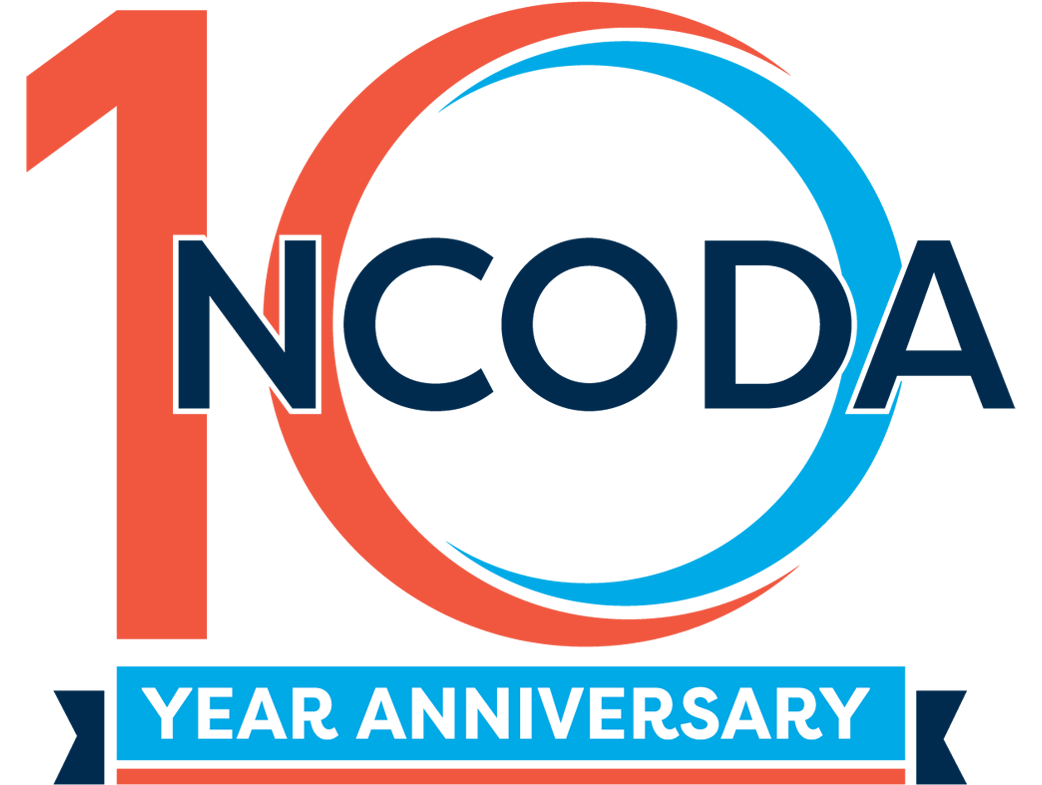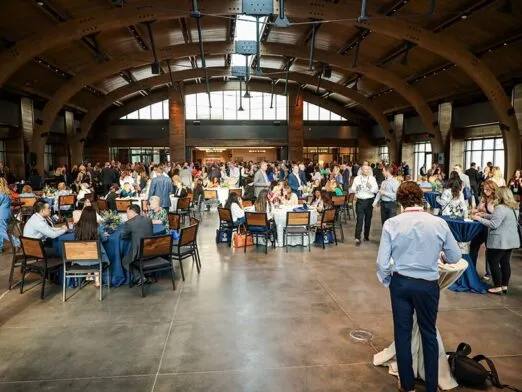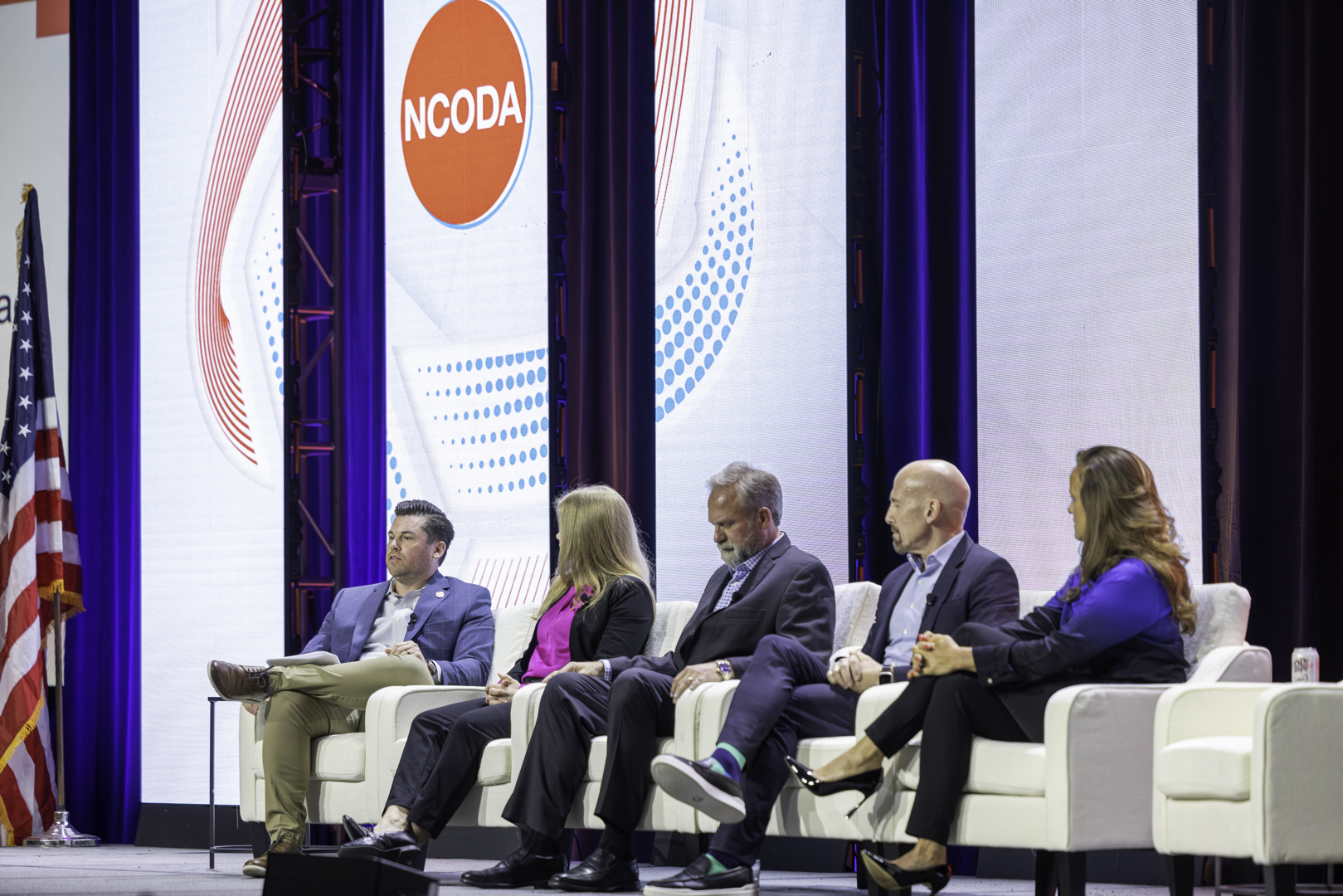Expanding Access to Clinical Trials for Veterans: A Conversation with NAVREF CEO Rashi Romanoff
Published Date: November 7, 2025

When it comes to advancing medical innovation for Veterans, few organizations are as uniquely positioned—or as quietly influential—as the National Association of Veterans’ Research and Education Foundations (NAVREF). For nearly four decades, NAVREF has supported the network of nonprofit foundations that make research possible within the Department of Veterans Affairs (VA). In partnership with these local organizations, the VA collaborates with universities, life science companies, and nonprofits, ensuring that Veterans can access the latest discoveries and therapies without leaving the system they trust.
At the center of that mission is Rashi Romanoff, NAVREF’s Chief Executive Officer, who has made it her top priority to strengthen the bridge between VA research and the broader healthcare community. In a recent discussion with NCODA, Romanoff shared insights into NAVREF’s role, the evolving landscape of oncology research within the VA, and how oncology providers across the country can play a crucial part in expanding clinical trial access for Veterans.
“It really started almost forty years ago,” Romanoff says, reflecting on NAVREF’s origins. “Senior leaders at VA and policymakers on Capitol Hill wanted to ensure Veterans could access cutting-edge care and emerging therapeutics. However, because of government barriers, the VA couldn’t directly accept outside funding for research. So, these nonprofit foundations, what we call Nonprofit Corporations or NPCs, were created by Congress to fill that gap and codified into law under 38 U.S.C. §§7361-7366. The intended purpose being that VA could now establish these nonprofits to act as “flexible funding partners” in support of VA approved research and education.
Today, there are nearly 80 VA-affiliated nonprofits across the country, each working alongside VA medical centers and healthcare systems. They handle research funding, compliance, and coordination, enabling VA investigators to participate in clinical trials and other studies with external partners. “Each NPC is part of their local VA community,” Romanoff explains. “They make collaboration possible at the ground level, where Veterans receive care. NAVREF’s job is to support those organizations, help them build partnerships, and advocate nationally for more opportunities to bring research to Veterans.”
Romanoff emphasizes that this work is not just administrative but deeply mission driven. “We’re not simply helping fund research,” she says. “We’re helping ensure that Veterans—people who have already sacrificed so much—have the same chance to benefit from medical progress as anyone else.”
When the conversation turns to oncology, Romanoff explains that cancer care represents one of the areas where the VA has a particularly strong advantage. “It’s the largest integrated health system in the country, with over a thousand points of care and a unified electronic medical record,” she says. “That means we can track patients’ care across time and across facilities, which gives us a complete picture that’s often missing in the private sector.”
This unified system is especially powerful for clinical research. Investigators can identify eligible patients, monitor outcomes, and analyze real-world data across large and diverse populations. “We can follow a Veteran from diagnosis through survivorship,” Romanoff notes. “That longitudinal view helps us understand not only which treatments work, but for whom, and why.”
She points to the Million Veteran Program, a VA initiative that has collected genetic and health data from more than a million veteran participants, as a cornerstone of this effort. “It’s the largest and most diverse genetic biobank in the world,” she says. “For oncology research, it’s an invaluable tool for precision medicine. It allows us to study how genetics, lifestyle, and military exposures intersect with cancer risk and treatment response.”
Despite these advantages, Romanoff acknowledges that many Veterans still face barriers to accessing clinical trials. “We know that Veterans are underrepresented in clinical trials,” she says. “It’s not because they don’t want to participate—it’s because the system can be complex. Some Veterans get all of their care through the VA, while others receive a portion of their treatment in community settings. That fragmentation can make it hard for them to know what trials are available, or for clinicians to connect the dots.”
Another challenge, she adds, is that some trial designs unintentionally exclude Veterans. “If a study has criteria that rule out participants because of medical histories associated with military service, you might end up unintentionally excluding the very people who could benefit the most,” Romanoff says. “That’s why it’s so important for sponsors to engage with VA investigators early, to make sure protocols reflect the realities of Veteran health.”
The good news, according to Romanoff, is that this landscape is changing quickly. The VA’s leadership in telehealth and data integration has opened the door to decentralized and hybrid trial models that can reduce the logistical barriers Veterans face. “We’re now able to support trial participation in ways that don’t require a Veteran to travel hundreds of miles to a VA site,” she says. “A patient can do labs or imaging locally, meet with a study coordinator virtually, and still be fully enrolled in a VA trial. It’s a game-changer.”
NAVREF is helping drive this transformation by connecting sponsors with VA sites capable of supporting these models. “When a company approaches us with a new oncology trial,” Romanoff explains, “we can quickly share this opportunity with our membership to help identify interested investigators across the country. This accelerates timelines and ensures more Veterans can access innovative therapies, no matter where they live.”
Romanoff also stresses that community oncology providers play an essential role in this ecosystem. “Many Veterans may also be receiving cancer care outside the VA,” she says. “That means community oncologists could play an important role whether a Veteran learns about a clinical trial opportunity.”
Her advice for community practices is both practical and powerful, “Start by simply asking every patient if they’ve ever served in the U.S. Armed Forces.” “It sounds basic, but it’s one of the most effective ways to identify Veterans who might qualify for VA programs or research studies. You can’t help connect people to VA trials, benefits, or services if you don’t know who they are.”
Coordination between community and VA sites can also enable hybrid participation models that make research more flexible. “If we can design studies that allow some procedures or monitoring to happen in community clinics, we can reach more Veterans,” she explains. “That collaboration benefits everyone—patients, providers, and sponsors.”
Education, Romanoff adds, is another critical piece. “Veterans often assume they’re not eligible for VA trials if they’re getting care somewhere else,” she says. “We need to change that mindset. Participation in VA research is open to many who receive dual care, and providers can help dispel that misconception.”
Romanoff closes with a simple message for oncology professionals. “You’re already doing extraordinary work for your patients,” she says. “If you take that one extra step and ask about military service and make that connection to the VA, you can open doors that might otherwise stay closed. For a Veteran with cancer, that could mean the difference between standard care and a new opportunity for life.”
Visit the NCODA Veteran Care Resource page to learn more and access resources that are helpful to veteran cancer patients.














